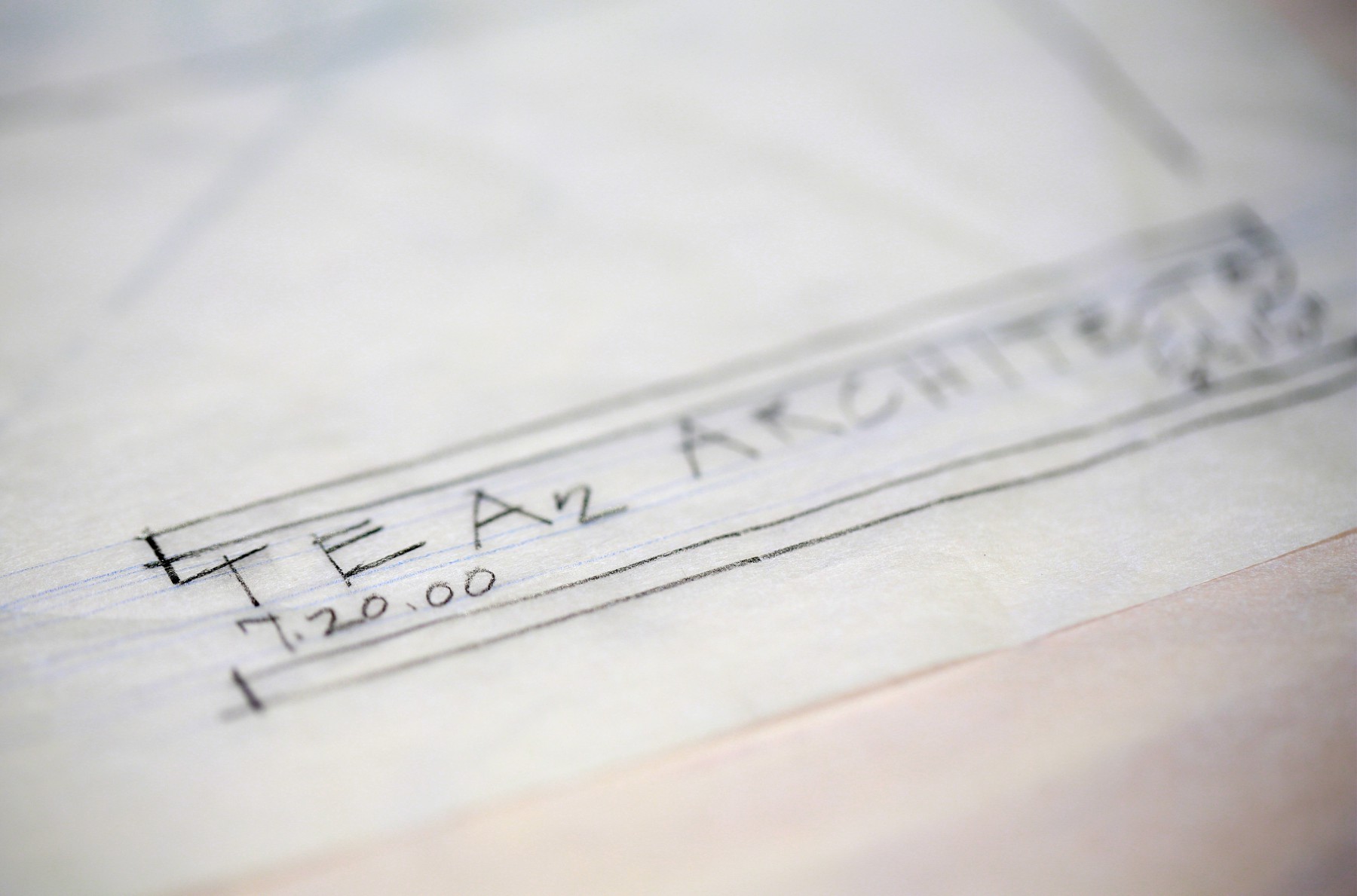

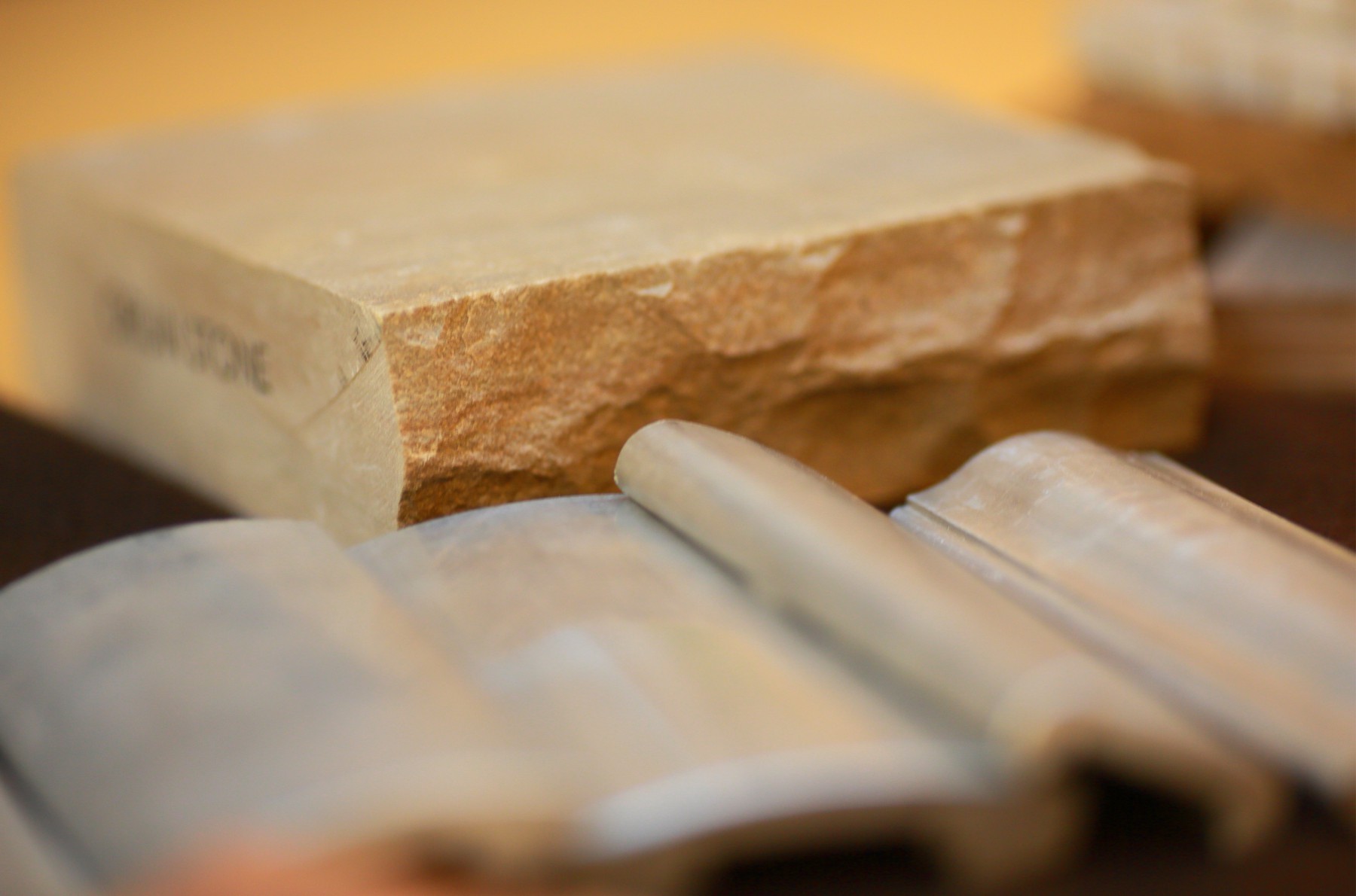
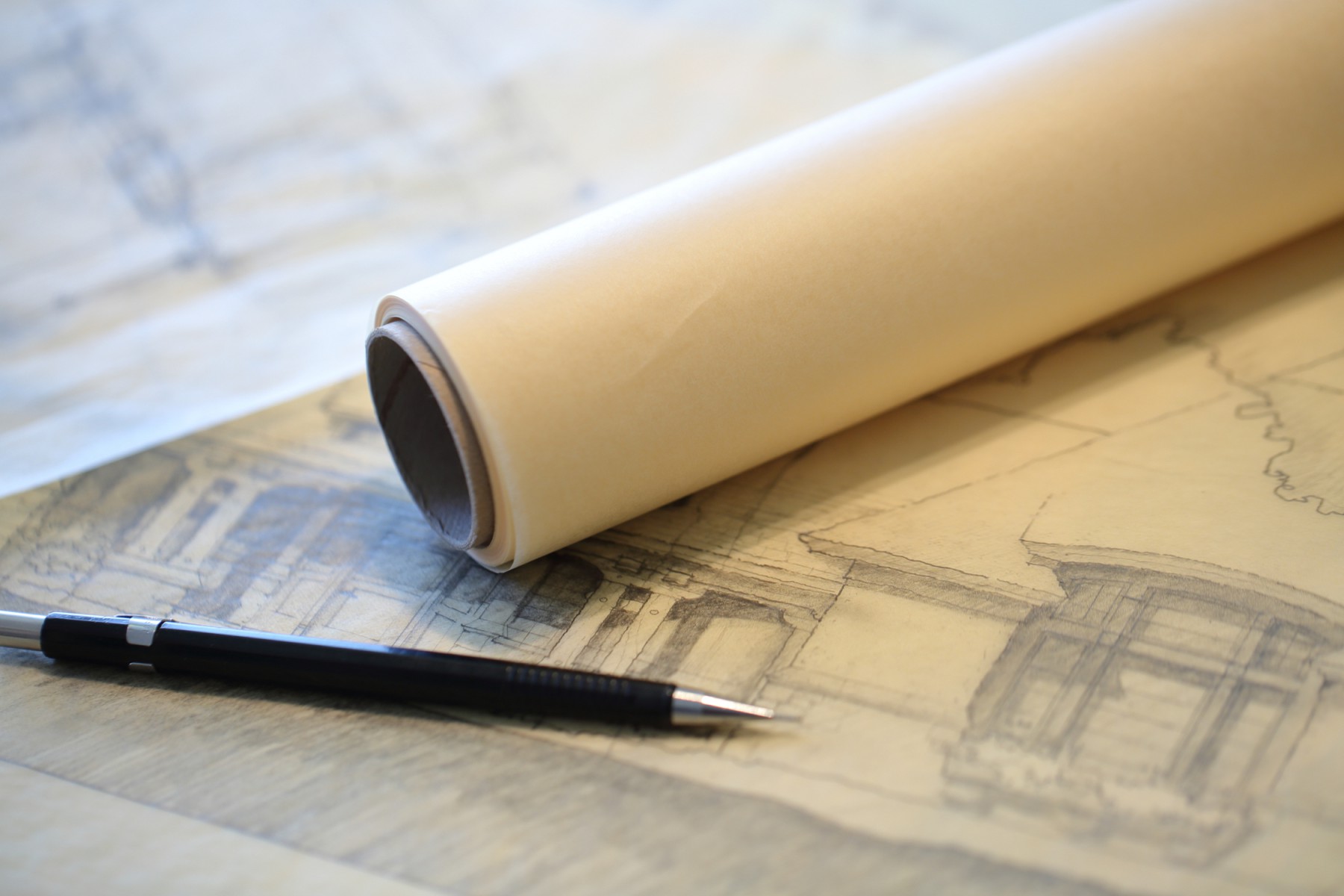
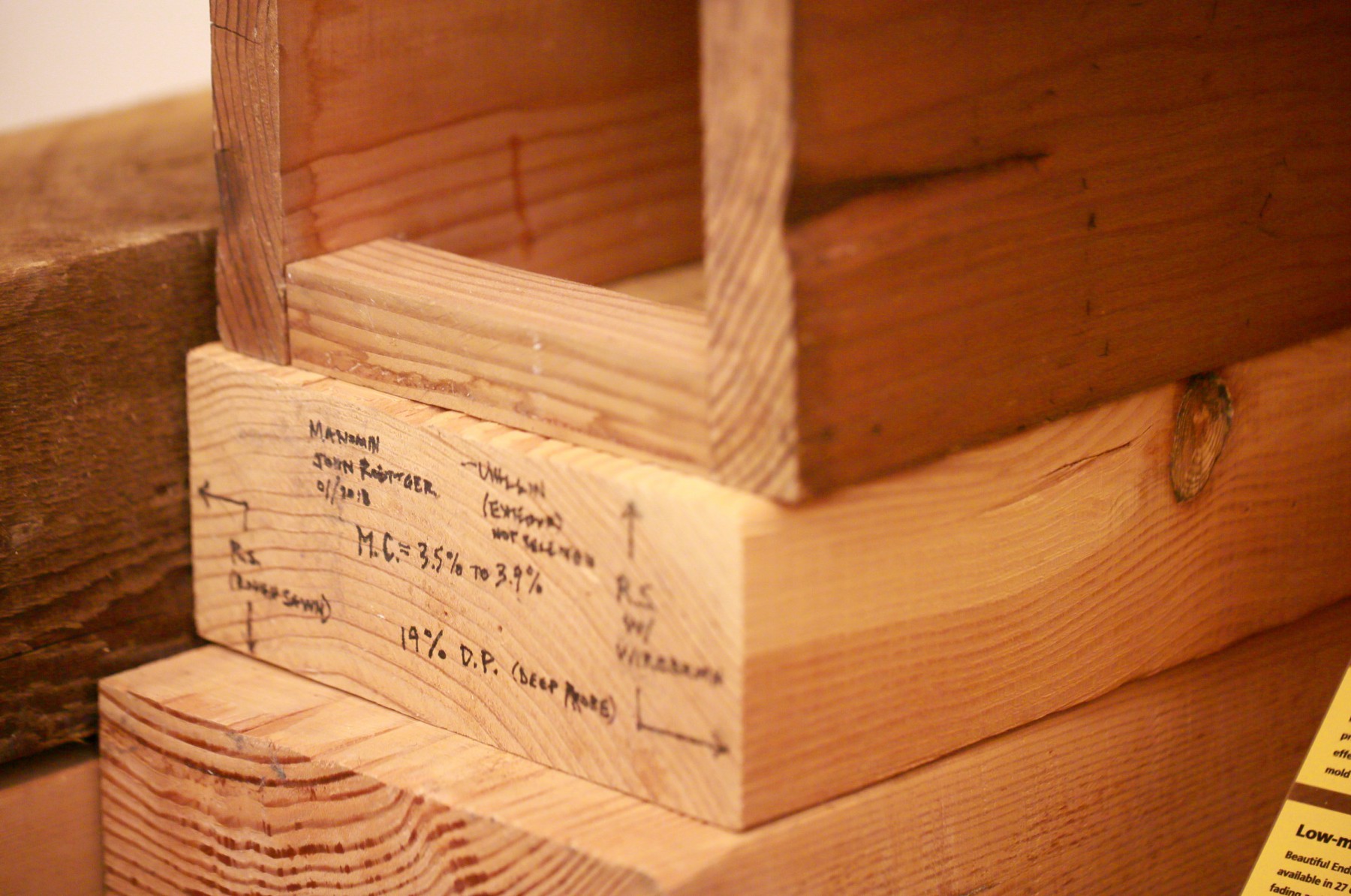

How many times in your life will you build a custom home? That’s what we thought.
Money. Time. Energy. Resources. When you’re investing so much of your life in a new home or a major renovation, you want to be absolutely sure you’re on the right path. Choosing the right partner is a crucial first step. Read on for more information about the architectural process, as well as 12 questions to ask when deciding who to work with.
How to choose an architect: 12 questions to ask.
You have some ideas and pictures. You’ve seen homes you admire, and identified the firms that designed them. You’ve gotten referrals from friends. It’s time for a meeting. But how do you make an informed decision? Ask the right questions. Whether you decide to work with us or not, here’s a list of essential questions for your first interview:
- Are they architects or designers? Architects have undergone more rigorous study, training, internships and testing than designers. Architects have a deep understanding of not only aesthetic design but all the more technical disciplines required to create a safe, durable and comfortable home. If the firm you’re considering is comprised of architects, are they accredited in the state where you’re planning to build? Do they participate in annual training? Do they have good references from both clients and professional team members?
- Do they have experience at the scale of your project? How many homes of this caliber have they designed? The more, the better. Beware the inexperienced architect who doesn’t know what it will take in terms of effort, services and fees.
- What is their design philosophy? Does their work all look similar? This can suggest they create for their own aesthetic, instead of yours. A firm with a broad range of styles is more likely to create something that’s purely yours.
- Do they do more listening or talking? In the process of learning about you and what you want for your home, are they asking thoughtful questions? Offering insights? They should. It’s your house, not theirs.
- What range of services do they offer? If they promise “full service,” ask for a clear definition and to see a representative package of what’s included. Will they be your representative from start to finish, and does the fee include that? Do they deliver detailed construction documents to the builder? (Without them, builders and their subs have to make more assumptions and buffer their bids accordingly.) Note: At TEA2, full service includes site analysis, schematic design, design development, construction documents, bid analysis and construction review. We’re with you until the punch list is done. Or, if you prefer, we can tailor our services exactly to your needs—delivering plans or a design package, working with you or you and your contractor. (Yes, some of our clients have already hired builders when we get involved. That’s no problem, we often collaborate with a builder that the client has brought to the table.)
- Who will actually be designing your house? TEA2 enlists a collaborative team on every project, including a Principal or Associate and a Project Manager to see your project through. Our experience tells us that multiple heads are better. Integrating multiple team members helps us distribute workload to the person with the most appropriate skills at the lowest billing rate. This saves you money.
- Does the firm generally work with several builders? Commitment to a single builder suggests over-reliance on them that limits opportunity and leaves you without anyone to represent your interests. (Compromises and unexpected expenses could be in store.) If they bid multiple builders, do they have a system for parallel comparison and thorough vetting, to deliver the best value?
- Can they develop preliminary budgets in house? Do they provide budgeting guidance during the formative design process, or must they rely on a builder to help? This can leave you with a sense of obligation, spoken or unspoken, to that builder. Beware of overly lean numbers, they’re seldom realistic.
- If providing full service, will the documentation support a true fixed-bid process? (A fixed bid can’t be changed without an approved change order.) Or can their documentation only support an estimate, which can’t be enforced? When analyzing bids, do they insist on “open book” bids including an itemized list of every cost from the builder, from permits to profits? (Most reputable builders are comfortable delivering such bids; it ensures transparency, a level playing field and fewer issues later on.) What controls are in place to ensure that the budget will be met?
- What do their fees include? Do they include time to review bids, change orders and pay requests as well as time to review construction for quality, and compliance with documents and specifications? Even with professional documents, contractors will always have questions and need clarification. If you’ve opted for full service, your architect or designer needs to stay engaged throughout construction, providing valuable guidance and checks.
- Do they have a process for ensuring your expectations are being met? Again, if you’re using an architecture firm’s full services, they should absolutely involve you in the approval of specific millwork samples, cabinetry, specialty finishes, stone patterning—anything custom—before the work is underway.
- What is their process for delivering a professional level of service? Of course, this also depends on the breadth of services you choose, but…do they have built-in crosschecks, checklists for both process and documentation, and ongoing education requirements? Do they use quality, professional consultants? And very importantly, does the firm carry professional liability insurance? (Not all firms do—or even qualify. And even with a professional process, a mistake may happen. Is there recourse for you as the owner?)
Our process
The act of building a house is like turning vapor into a solid. Wishes and ideas and air (quite literally) become a structure that shelters and delights. It’s part chemistry, part dream, and lots of work. For clients that opt for our full services, this is what the process looks like. (But please know, we’re also happy to work with you in a more abbreviated capacity; we’re a nimble bunch and want you to get the house you want, within your budget.)
Initial Consultation – We get to know each other. What do you envision? What challenges do you have? What is important to you in the process of creating your home, and how might we fit in? You bring your thoughts, scraps and photos. We listen and ask questions. Many questions. We share examples of TEA2 projects that might be relevant or inspiring. We discuss the range of ways we might work together—design services only to full service, and talk about fees. The meeting is free, and you’re never committed to go further. If you think we’re a good match, we’ll follow up with a proposal letter for your review.
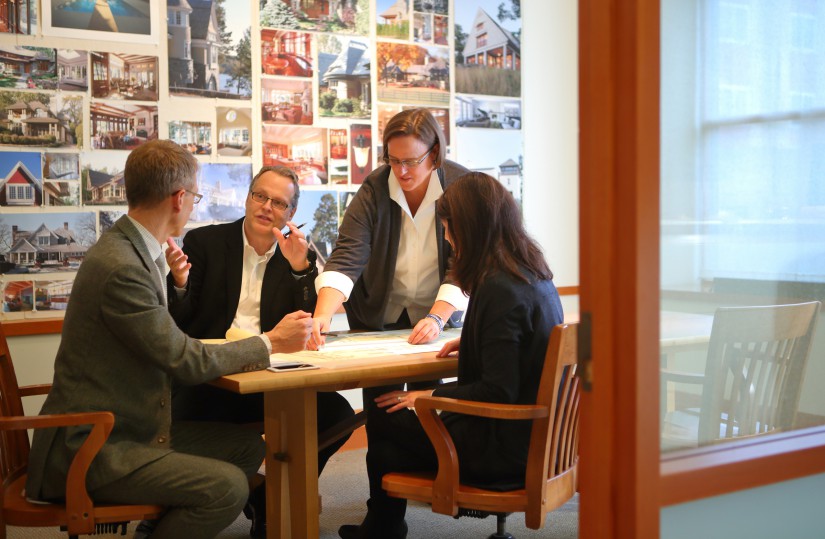
Programming – We build a foundation for the design. Before we begin designing, we build a foundation of knowledge and understanding. We spend time together, getting to know you and your values and aesthetics, gathering information and developing the insights from which we’ll formulate a detailed “program.” Before we go further, we want to be sure you’re comfortable and we’re speaking the same language.
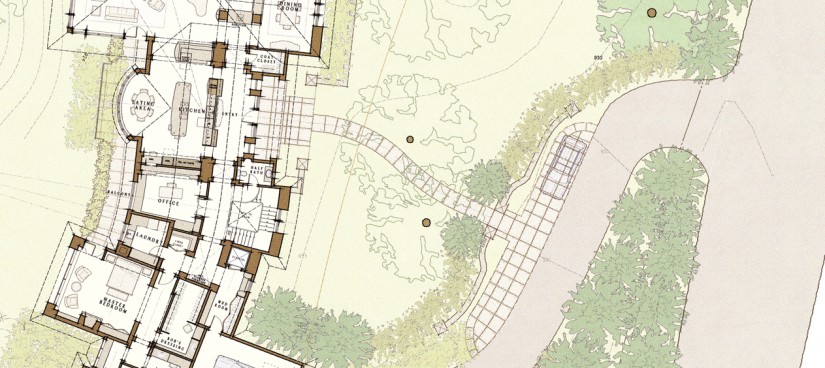
Schematic Design – We translate wishes and ideas into form. The creation of the preliminary Schematic Design is one of the most important steps in the process; everything that follows depends on getting this right. So we’re thorough. We’ve analyzed the site and program. We’re also resourceful and imaginative, because we’re translating your wants and needs and our combined vision into three dimensions. At this point you’ll likely see preliminary floor plans, a site design, and a budget including anticipated construction costs and architectural fees. We meet again. You ponder. We evolve the design accordingly.
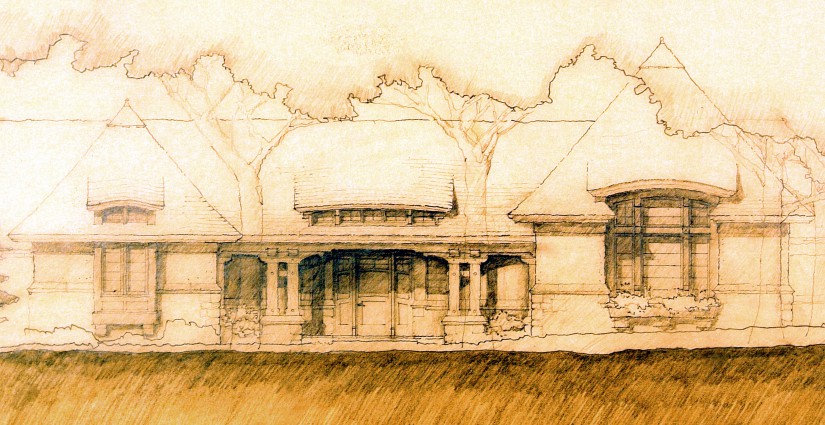
Design Development – Here’s where we bring the design to fruition. (Or, if you opt for a design-only package, this is where we hand over the package to you and your builder.) We’ve established the design concept, and now dive into development. We refine floor plans, create interior and exterior elevations, sections and 3D models. We delve into millwork, cabinetry, lighting design, material palette, and the initial integration of structure and building systems. We update the budget. This isn’t entirely a linear process; new layers inform earlier thoughts and the original ideas become richer and more resonant. The result is a more balanced design, a more unified elegance. It’s why people say TEA2’s work feels “patient.”
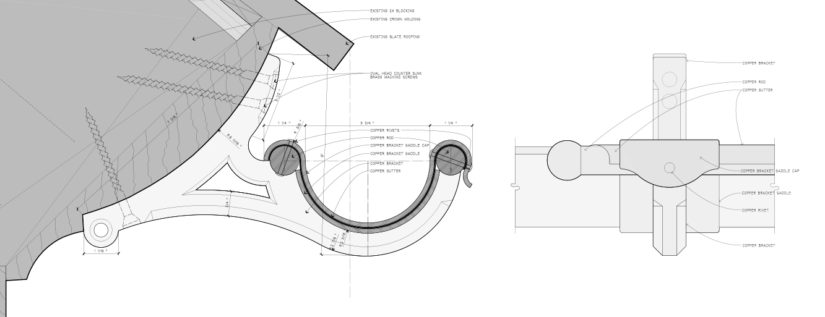
Construction Documents – We create a road map for bidding and construction. We further develop, resolve, integrate and coordinate plans, elevations, sections and details to create a quality, professional set of construction documents. We prepare detailed specifications of products, procedures and standards. This is the road map and instruction manual for the builder. It provides the direction they will need to bid and build your home to your expectations –so you know you’ll get exactly what you expect.
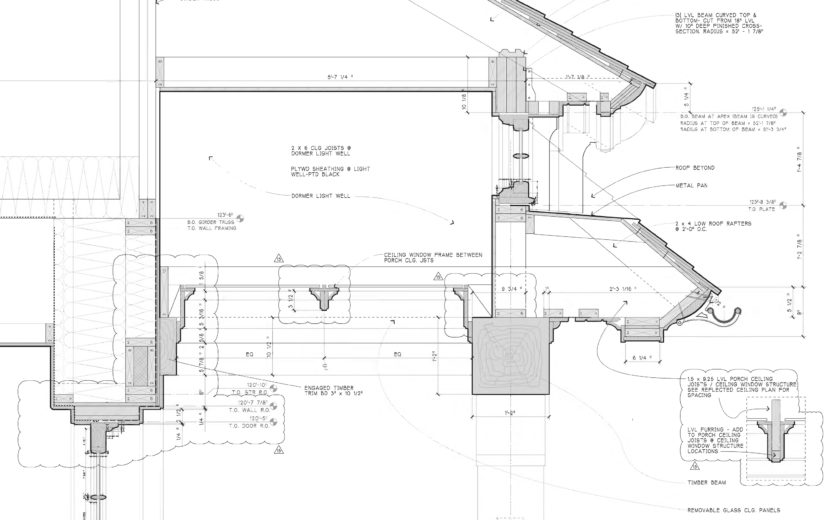
Bidding – We obtain bids. We help you determine the type of contractor relationship you want, then assist you in selecting contractors for the bidding process. (We generally like to bid three, or possibly more.) During bidding, we clarify and answer contractor questions. Once the bids are in, we analyze them, looking for issues and opportunities to improve the bids. We identify numbers that feel too high or low, knowing that too-good-to-be-true numbers often come back as problems later. We review this with you, and once the contractor is chosen, we prepare the agreements.
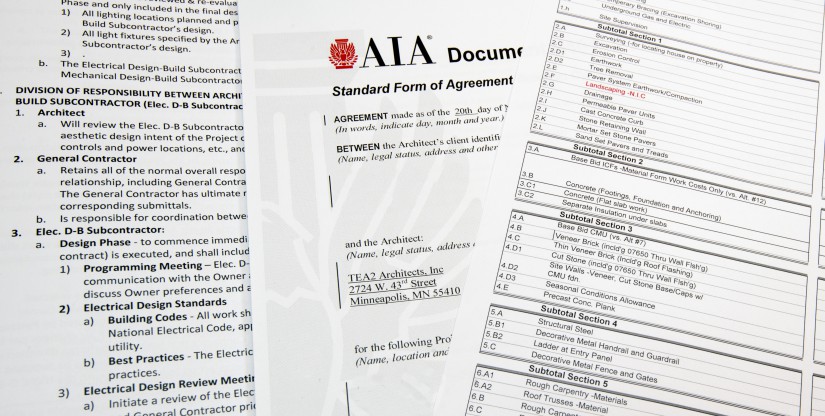
Construction – We act as your representative. We make regular site visits to see that your home is built as drawn and specified. We review and approve samples and submittals with you. We support the contractor by providing answers and info as needed. We review the contractor’s invoices to be sure the payment and work correspond accurately. We watch carefully. We go to bat whenever and however necessary.
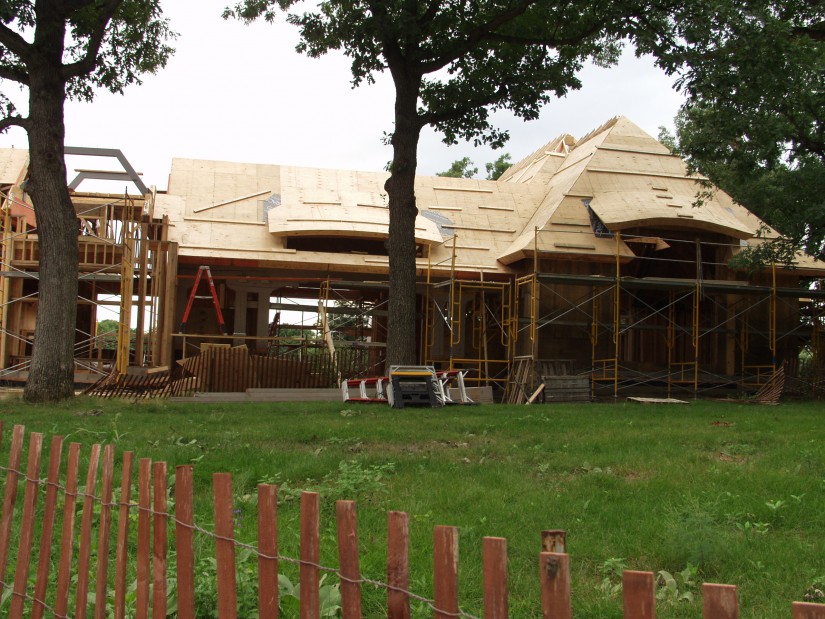
Completion – We see your project through to the end. We do the final walk through. We both smile a lot. We celebrate. And now comes the best part of all: you move in and enjoy.
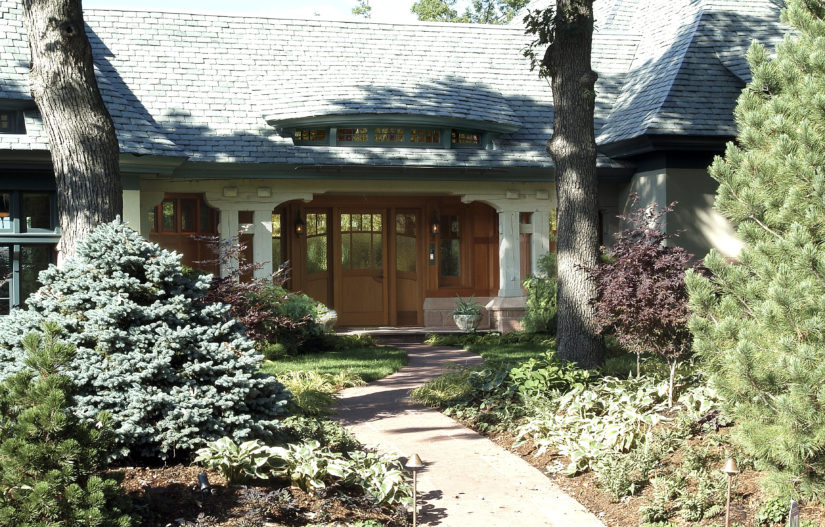
Asking the right questions is the only way to understand the differences between firms and find the right partner to help create your custom home.
We’re delighted to chat with you, or answer any questions about the TEA2 process.